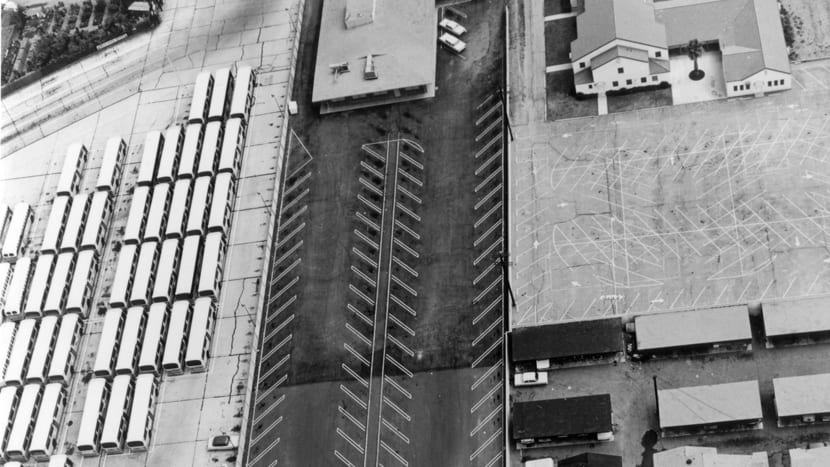In media and popular culture, cars feature as the ultimate symbol of luxury and freedom. While automobiles increase mobility by decreasing time and distance, acceleration has led to a set of catastrophes, including vehicle crash fatalities, environmental and atmospheric damage, military conflicts, insufficient infrastructure, and economic injustice and segregation in cities via the expansion of highways and use of eminent domain. With this problematic history in tow, the nature of automobiles is changing. In the last two decades, self-driving cars have advanced from research to reality and offer tremendous promise, from reducing emissions and congestion through ridesharing to decreasing the number of driving accidents and deaths. Nevertheless, we will only realize this potential if future development accounts for past failures and such possible pitfalls as mass surveillance and attacks on artificial intelligence.
The Autonomous Future of Mobility examines the car’s legacy over the past century, predominantly in the United States, as depicted in art and visual culture. The works included in this exhibition are organized around six themes that address vehicular culture, signs, space, energy, speed, and autonomy, offering a view toward today’s emerging technological developments and exposing our vulnerability in the face of the horsepower and political power that drive mass movement.






Image credit:
Ron Kleeman (American, 1937–2014), detail of Gas Line, from the portfolio City-Scapes, 1979. Screen print, 247/250, 22 x 30″. Gift of Dr. and Mrs. Harold J. Joseph, 1980.